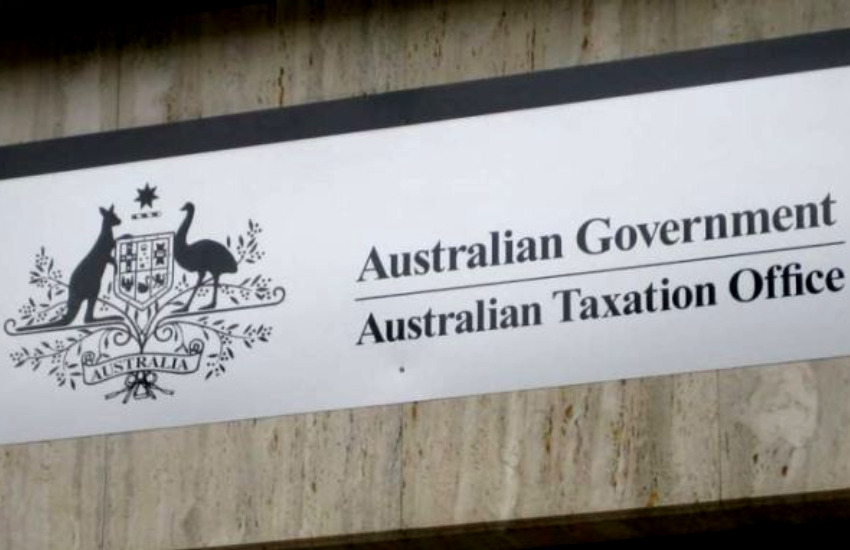The Tax Institute has called for enforcement of changes to non-arm’s length expense (NALE) rules to be delayed until 1 July 2020, suggesting the ATO’s interpretation of the laws should be referred to its General Anti-Avoidance Rules (GAAR) panel as the powers handed to the regulator are too broad.
In a submission to the ATO this week in response to its Draft Law Companion Ruling 2019/D3, which outlines the ATO’s interpretation of the NALE laws, The Tax Institute suggested compliance guidelines released with the ruling, which indicated resources would not be allocated to policing the general expense provisions until the 2021 financial year, should be extended to all SMSFs caught by the changes.
“The PCG should apply across the board to any taxpayers where the ATO seeks to apply the new NALI/NALE provisions for any of the FY2019 and FY2020 periods,” the institute said.
“The Tax Institute rejects the ATO’s position that the PCG be limited so as to apply only in the instance where a general expense taints all the fund’s income.
“We recommend that given the delay in introducing the NALE reforms, the ruling in relation to the NALE measures only take effect from 1 July 2020.”
The institute warned that the ATO’s ruling had “serious ramifications” for many SMSF trustees because of the degree to which “substantial adverse tax implications” could result from small matters, such as an accountant assisting with their own fund’s tax returns, and as such should be reviewed to the GAAR panel before it was applied to any taxpayer.
Tax Institute Superannuation Committee member and DBA Lawyers director Dan Butler said the ruling as it currently stood gave the ATO “very broad power” and could result in affected clients being caught up in costly long-term legal battles to fight excessive assessments from the ATO.
“In some circumstances, it takes years of information gathering and correspondence with the ATO to work through these matters, and it inflicts great costs on the taxpayer to prove that the NALI assessment is excessive,” Mr Butler told SMSF Adviser.
“We don’t like that the legislation has provided the ATO a lot of discretion. There is not much protection for a taxpayer, and to get the system right, there should at least be independent representation given to the ATO’s GAAR panel which then decides whether to pursue a NALI assessment, because of the costs and the consequences that follow.”
Clarification needed around who will be caught
The Tax Institute also suggested in its submission that the ATO provide more specific clarification around which trustees would be caught by the rules, by applying a “de minimis” principle and providing guidance around which activities constituted trustee and non-trustee services.
Mr Butler said the industry would benefit from guidelines about what constituted a “material” expense, which could also reduce the administrative workload required from the ATO to police the laws.
“Why are we talking about expenses at $100? The administrative side of it is too great,” he said.
“We need a guideline from the ATO to say we won’t go looking for bits and pieces, it’s material items. Let’s say an administration service may be $2,000 a year — I would consider that immaterial, so perhaps it should be above $20,000. You need a benchmark where people can say we’re above the limbo bar.”
Equally, while the ruling mentioned the distinction between services performed in a trustee capacity or an individual capacity as a key factor in whether an expense would be considered non-arm’s length, Mr Butler said there needed to be clearer guidance as to what these services were.
“In the ATO’s 2013 NTLG super committee minutes, the example they gave of when something becomes a non-trustee service was a builder, because it’s someone who’s got specific skills and they are adding a lot of material value to the fund,” he said.
“The ATO may say as an adviser you have investment skills, but because the adviser is a trustee and under trust law they have to do the best for the fund, it’s hard to start splitting hairs about what is their role as a trustee and what is their role as a planner.”

